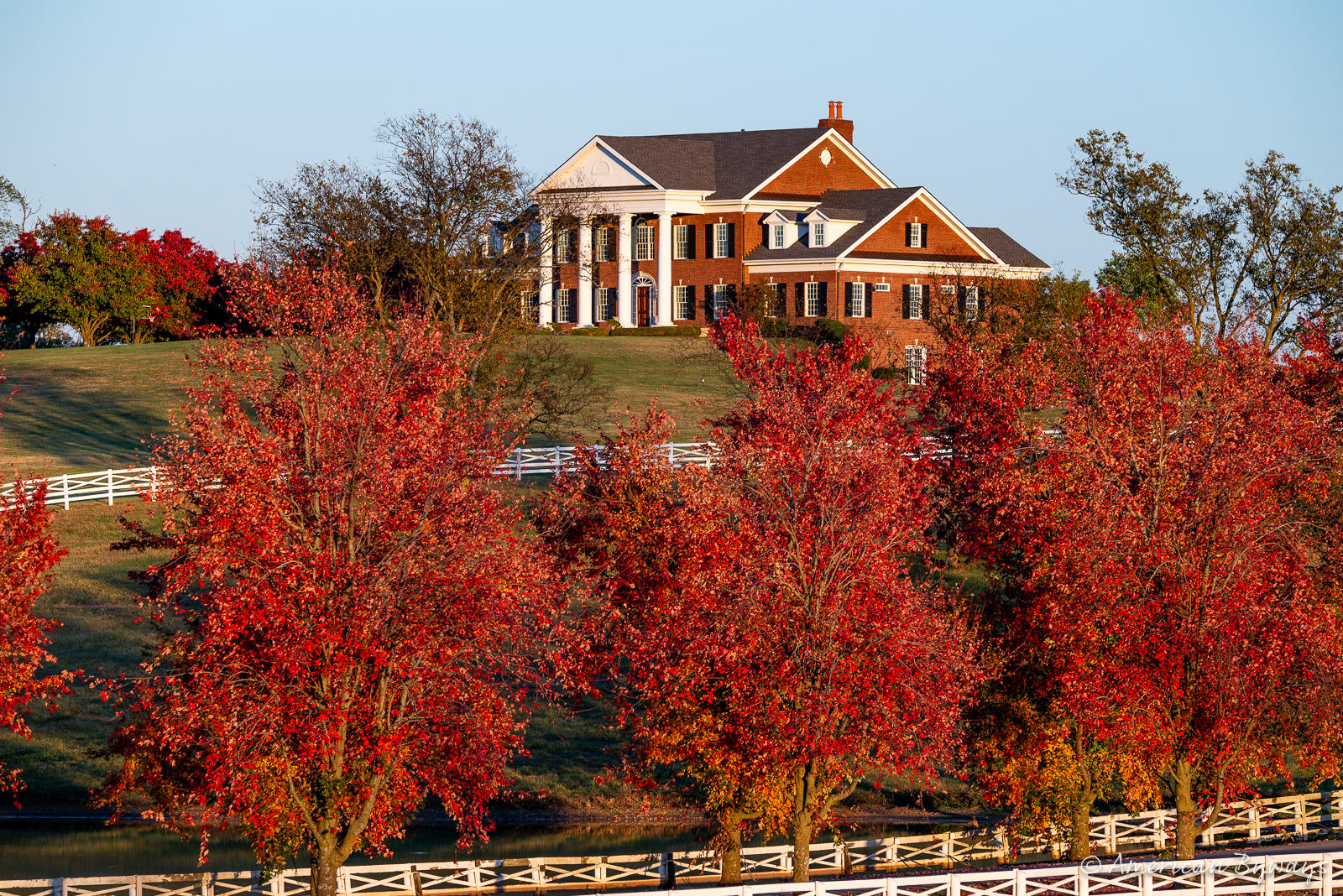
Rediscovering Ashland
As a writer and photographer with extensive travel experience, I have come to appreciate the hidden allure of my hometown, Ashland, Kentucky. Initially, I viewed Ashland as just another urban area, notable more for its commercial and industrial aspects than for its scenic or cultural offerings. However, after visiting many other places across the country, I now see Ashland in a new light, charmed by its revitalized urban heart and its commitment to preserving its unique character.
Ashland’s roots can be traced back to 1786, with the arrival of the Scotch-Irish Poage family, who settled on the Ohio River, establishing Poage’s Landing. The family journeyed here from Virginia’s Shenandoah Valley via the Cumberland Gap. For the first half of the 19th century, Ashland remained a close-knit community primarily inhabited by the extended Poage family.
The city’s transformation into an urban center was driven by the growth of the Ohio Iron Industries. In 1854, Ohio industrialists and Poage family descendants came together to form the Kentucky Iron Coal and Manufacturing Company. This partnership led to the city’s official establishment, with a charter granted by the Kentucky General Assembly. Martin Hilton was appointed as the city planner, and at the suggestion of stockholder Levi Hampton, the city was named ‘Ashland’ after Henry Clay’s home in Lexington.
Central Park, the largest in Ashland at 47 acres, was part of Hilton’s original plan for the city laid out in 1854. The park, which became city property in 1900, was primarily a horse racing track until 1923. Now, it is a verdant space with more than 1,100 trees.
Additionally, Central Park houses the city’s oldest log house and contains three Native American burial mounds, adding historical depth to its natural appeal.
Bordering Central Park lies one of Ashland’s most historic neighborhoods. From the early days of the Kentucky Iron, Coal and Manufacturing Company, western Bath Avenue has been esteemed as the city’s premier residential area. The street’s first two homes, constructed in 1855-56, belonged to Hugh and John Means, notable Ohio iron magnates who relocated to Ashland due to their involvement with the company. Initially, this area was almost exclusively inhabited by local industry leaders and their families, connected through either business or familial ties. This selectivity in residency meant that, as of 1877, each block housed only one or two dwellings, as illustrated in the Titus, Simmons Atlas map of Ashland. Consequently, the neighborhood now showcases a variety of architectural styles, offering a unique diversity not found elsewhere in the city.
Originally extending six blocks along Bath Avenue, the neighborhood has been truncated by large-scale commercial developments in the 1200 block, reducing its coherent stretch to four blocks.
The district’s houses, dating from the mid-19th to mid-20th century, exhibit a broad spectrum of architectural designs. Despite this diversity, they present a unified visual appearance, thanks to consistent setbacks from the street, a predominantly two-story construction, stone sidewalk pavements, brick-paved alleys, ornate cast iron fences, and street-lining shade trees.
A standout in this district is the Robert Peebles House at 1317 Bath Avenue. Built in 1874-75 by Robert Peebles in a T-plan Gothic style and later expanded in 1891, the house maintains its original romantic charm, with the addition meticulously replicating the initial design. The interior is adorned with early features such as oak and tile mantels on the first floor and a marbled iron mantel on the second. A period-appropriate cast iron fence surrounds the property. This house gains additional significance as it now stands as the sole surviving 19th-century Gothic house in Ashland, especially after the loss of the Ireland house on Winchester Avenue.
In close proximity stands a notable two-and-a-half-story brick residence at the corner of Bath Avenue and 13th Street, constructed around 1870 by Abraham C. Campbell, a distinguished financier. Campbell was instrumental in building the now-demolished Yentura Hotel and played a key role in founding several local banks. The architectural design of the house is inspired by the traditional double-pile plan, featuring two rooms on either side of a central stairway. Notably, the rear left room, initially a dining room, was later expanded, creating a rounded wall that juts into the passage and an octagonal bay on the exterior. The house also included service areas and staff quarters in a rear extension.
Around 1920, the Hager family made several modifications to the house, altering its layout and interior design. They replaced a single-story Italianate porch with the current Classical portico, while preserving the Italianate details within the interior. This house serves as an example of the architectural evolution and historical significance of homes in this distinguished Ashland neighborhood.
The John Means House is another noteworthy residence on the same block.
The Means family, comprising Hugh, Thomas, and John, were Ohio iron industrialists whose financial investments significantly contributed to the development of Ashland in the 1850s. In 1856, John Means constructed what was then the largest house in Ashland. This home features a double-pile plan, characterized by a narrow entrance foyer leading to a central stairway. The original layout included the dining room and kitchen in a two-room-deep rear extension, with a secondary stair passage providing access to the main house.
Architecturally, the house is distinguished by brick pilasters on the facade and the side wall facing 15th Street, lending the structure a robust architectural presence. Surrounding the property is an elegant iron fence that extends to 14th Street, enhancing the historical and aesthetic value of the Means house in this distinguished Ashland neighborhood.

John Means House
I am excited about the prospect of further exploring and photographing Ashland in the years ahead.
In rediscovering Ashland, I’ve come to realize that the city’s true essence lies not just in its industrial past or its role as a commercial hub, but in the rich tapestry of its history, architecture, and community spirit. The transformation from my earlier perception of Ashland as a mundane urban area to a place of cultural and historical significance has been enlightening. The city, with its diverse architectural styles, from the Gothic elegance of the Robert Peebles House to the robust character of the John Means House, stands as a testament to a bygone era. These structures, along with the scenic Central Park and the storied Bath Avenue, weave a narrative of a city that has evolved while retaining its unique charm.
This journey of rediscovery has deepened my appreciation for Ashland, highlighting the importance of looking beyond the surface to uncover the layers of history and heritage that define a place. Ashland, once overlooked in my travels, now stands as a symbol of the hidden gems that exist in our own backyards, waiting to be explored and appreciated.



















